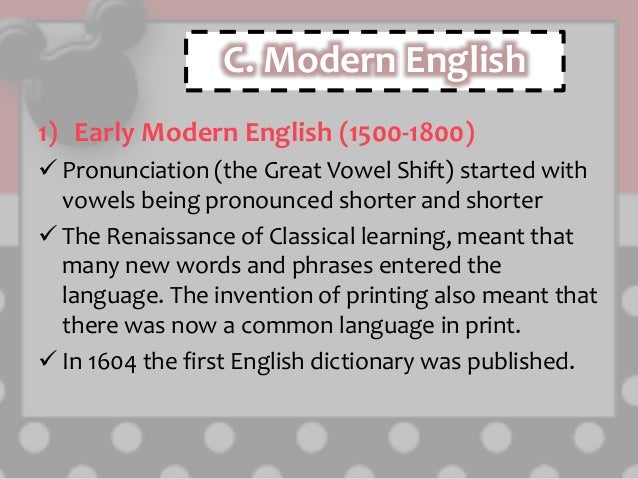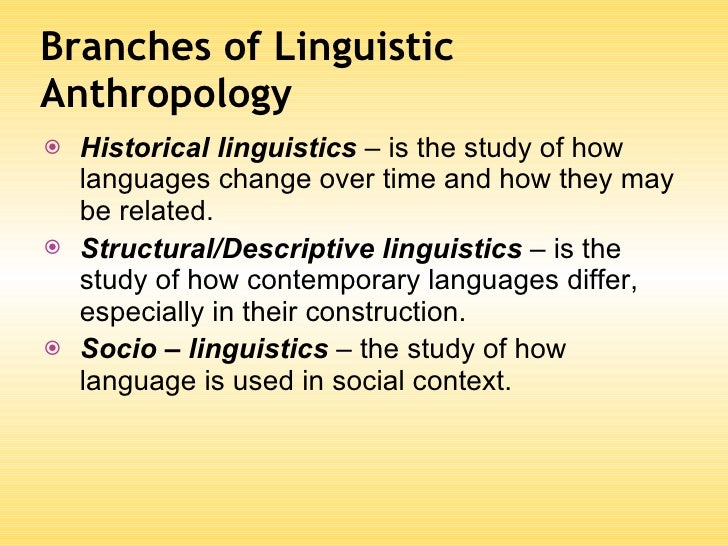

those documents other than research articles, reviews and conference papers. Historical linguistics, the study of how languages change over time, subsumes both the general study of language change and the history of specific languages and language families.
#HISTORICAL LINGUISTIC WINDOWS#
Not every article in a journal is considered primary research and therefore "citable", this chart shows the ratio of a journal's articles including substantial research (research articles, conference papers and reviews) in three year windows vs. Cyclical language change is a linguistic process by which a word, phrase, or part of the grammar loses its meaning or function and is then replaced by. Comparative linguistics, in the relevant sense, is the study of linguistic relatedness, that is to say, of genetic or ancestral connections and related matters of subgrouping extending to the reconstruction of unattested ancestral languages or proto-languages.

and practices of linguistic reconstruction formal approaches to language. journal self-citations removed) received by a journal's published documents during the three previous years.Įxternal citations are calculated by subtracting the number of self-citations from the total number of citations received by the journal’s documents. Historical linguistics is about how and why language changes over time. ICHL brings together historical linguists and specialists in related fields to. 9 In the early centuries of the second millennium BCE, in southern Mesopotamia, there arose a grammatical tradition that lasted more than 2,500 years. The two years line is equivalent to journal impact factor ™ (Thomson Reuters) metric.Įvolution of the number of total citation per document and external citation per document (i.e. The earliest linguistic texts written in on clay tablets date almost four thousand years before the present. anatomical foundations of language, historical linguistics, the role of. The chart shows the evolution of the average number of times documents published in a journal in the past two, three and four years have been cited in the current year. Historical linguistics is the study of how languages change, and how they are related to one another. As a linguistics student you will learn about the analysis of speech sounds. This indicator counts the number of citations received by documents from a journal and divides them by the total number of documents published in that journal.


 0 kommentar(er)
0 kommentar(er)
